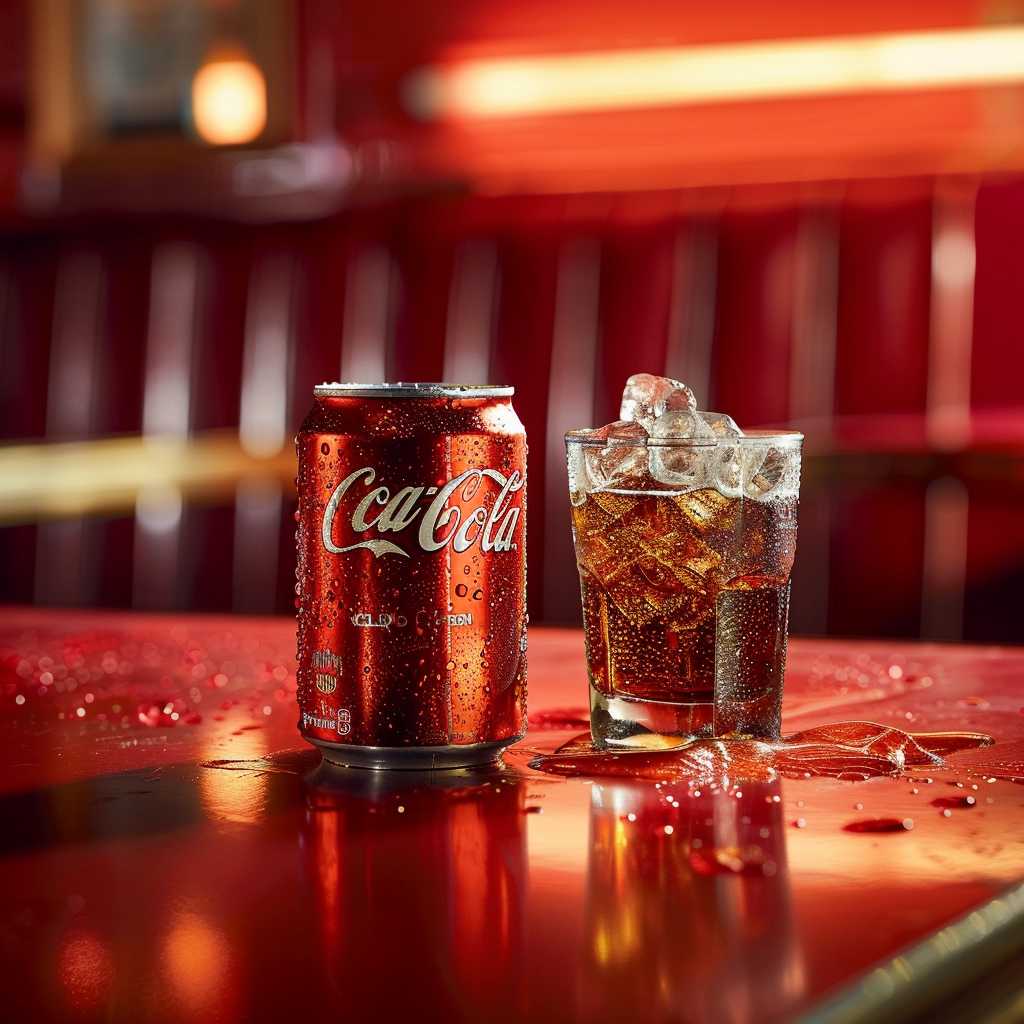The History and Evolution of Dr Pepper: America’s Unique Soda Beverage
Dr Pepper stands as one of the most distinctive soft drinks in the global beverage market, with a history as rich and spiced as its unique flavor. With an origin that dates back to the late 19th century, Dr Pepper has established itself as a staple in American culture and has garnered a loyal following for its distinctive blend of 23 different flavors. This comprehensive look at Dr Pepper will explore its inception, cultural impact, variations and adaptations through the years, its place in the competitive beverage industry, and interesting facts related to this popular soda.
Origins of a Beverage Phenomenon
Dr Pepper was created in the 1880s by a pharmacist named Charles Alderton in Waco, Texas, at Morrison’s Old Corner Drug Store. Customers at the drugstore soda fountain were seeking new and exciting flavors, and Alderton began experimenting with different combinations of fruit syrups until he came upon a formula that was instantly popular among the patrons.
The drink was first served around 1885, which makes Dr Pepper arguably the oldest major soft drink in the United States, predating Coca-Cola by about a year. It was originally called a “Waco”, but eventually was named Dr Pepper. Contrary to common myths, there’s no evidence that the name refers to an actual doctor. Theories suggest that the “Dr” implied health benefits and “Pepper” possibly referred to pepsin or peppercorn references, although none were ingredients.
Cultural Impact and Marketing Milestones
Since its introduction, Dr Pepper has made significant inroads into popular culture through effective and memorable advertising campaigns. One landmark slogan, “10-2-4,” referred to the times throughout the day one should have a Dr Pepper for energy—10 AM, 2 PM, and 4 PM—linking the drink to vitality and workday endurance.
Over time, varied marketing strategies have kept Dr Pepper relevant. The soda has been associated with “being a Pepper,” as was popularized in the song from the 1970s commercial “I’m a Pepper,” which stressed individuality and uniqueness correlating with the drink’s distinct taste profile.
Dr Pepper gained further popularity by being product-placed in films and television shows and sponsoring major events like college football games, which has secured it as part of an all-American image.
Variations and Diet Versions
Dr Pepper’s distinctiveness does not end with its original flavor. Over the years, various versions have been created to cater to changing consumer tastes and dietary requirements:
–
Diet Dr Pepper:
Offering the same 23 flavors but with zero calories.
–
Cherry Vanilla Dr Pepper:
A twist on the original with additional cherry and vanilla flavors.
–
Dr Pepper Zero Sugar:
Launched as an alternative for those watching their sugar intake.
–
Limited Edition Flavors:
Occasionally released flavors to add a buzz in the market.
These adaptations indicate not only a responsiveness to consumer demands but also an eagerness to innovate within their brand identity.
Global Reach and Industry Competition
While ubiquitously American, Dr Pepper has transcended boundaries to reach global markets. While its market share may be small in comparison to giants like Coca-Cola and Pepsi, Dr Pepper enjoys fierce brand loyalty that gives it staying power.
Competition within this industry is relentless with each brand vying for consumer attention through continuous innovation, aggressive marketing relationships, as well as strategic partnerships. Though Dr Pepper is independently bottled by various companies around the world now (including PepsiCo and The Coca-Cola Company in different regions), the brand has managed to maintain its distinct identity through judicious use of its historic image along with modern advertising methods.
Notes
- In 1885, Dr Pepper was first served in Waco, Texas making it potentially the oldest major soda in the United States.
- “10-2-4” was an early and successful marketing slogan indicating times when you should drink a Dr Pepper for energy boosts during the day.
- The drink has no actual connections to pepper or pepsin; “Dr” implied health benefits while enriching appeal.
- Marketing campaigns highlighting uniqueness have helped cement Dr Pepper’s cultural significance in America.
- Brand extensions such as Diet Dr Pepper show adaptability while still remaining true to its core identity.
